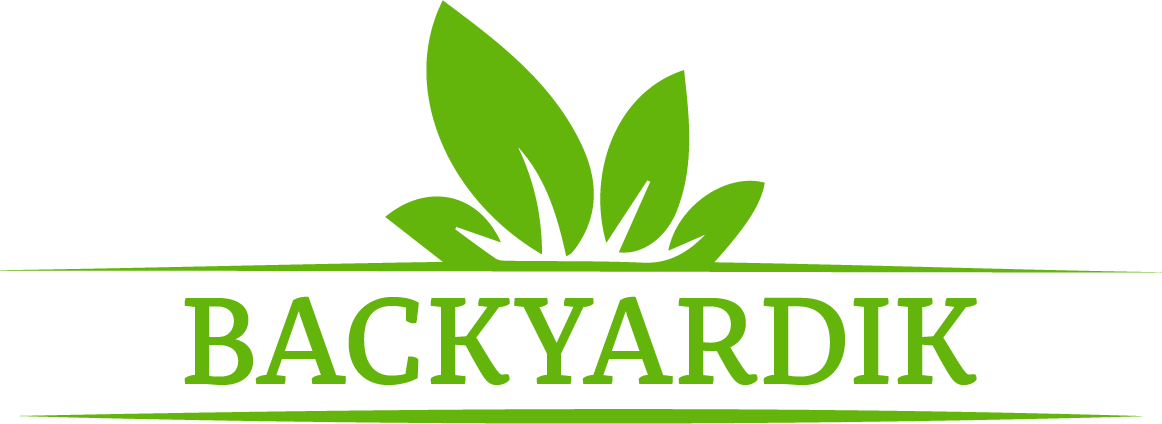There is something truly magical about sipping your morning coffee while watching a deer gracefully move through your yard. For many homeowners and nature lovers, attracting these elegant creatures is a way to connect with the natural world right outside their window. Creating a deer-friendly environment is about more than just putting out some food; it involves understanding their basic needs for food, water, and safety. By making a few simple and intentional changes to your landscape, you can make your property a welcoming stop for local deer populations. This guide provides simple, effective tips on how to attract deer to your yard and enjoy the beauty of wildlife up close.

Attracting deer to your yard can be a rewarding experience, offering a chance to observe these graceful animals in their natural habits. By creating a habitat that satisfies their basic needs, you can transform your outdoor space into a haven for wildlife. Deer are drawn to environments that provide ample food sources, water, and a sense of security. With some thoughtful planning, you can foster a balance between a beautiful yard and a welcoming space for deer to frequent.
Tools and Materials
Creating a deer-friendly environment requires a few essential tools and materials to ensure success. Start with a selection of native plants and shrubs that serve as food sources for deer, such as clover, elderberry, or wildflowers. You’ll also need soil preparation tools like a spade or hoe to plant these additions effectively. A reliable water source is critical, so consider adding a birdbath, shallow basin, or even a small pond to your yard. If you want to create a sense of security for the deer, materials like natural fencing or hedges can help establish boundaries and provide shelter. Lastly, having a pair of binoculars on hand will allow you to enjoy observing the deer from a respectful distance.
7 Step-by-Step Guide on How to Attract Deer to Your Yard
Step 1: Provide Their Favorite Foods
Deer are herbivores, and their diet changes with the seasons. Planting forage that they naturally love is one of the most effective ways to make your yard attractive. Deer are particularly drawn to plants like clover, alfalfa, chicory, and soybeans. You can purchase food plot seed mixes designed specifically for deer and plant a small patch in a quiet corner of your yard. In the fall and winter, when natural food is scarce, deer also appreciate grains like corn and oats. Establishing a consistent and reliable food source will signal to deer that your yard is a place worth visiting regularly.
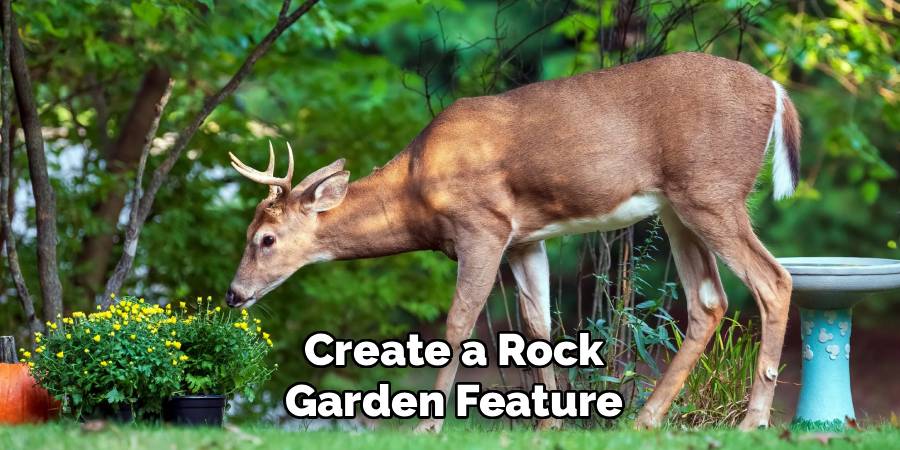
Step 2: Plant Deer-Friendly Trees and Shrubs
In addition to food plots, incorporating specific trees and shrubs into your landscape provides a long-term, natural food source. Deer love to browse on the leaves, twigs, and buds of many plants. Fruit trees, such as apple, pear, and persimmon, are particularly irresistible. They not only provide browse but also drop fruit in the late summer and fall, offering a high-energy treat. Other great choices include oak trees for their acorns, as well as shrubs like dogwood and elderberry. Planting these creates a multi-layered buffet that deer will find appealing throughout the different seasons of the year.
Step 3: Consistent Water Source
Like all living creatures, deer need a reliable source of fresh water for drinking. If you do not have a natural stream or pond on your property, adding a water feature can be a major draw. A simple ground-level birdbath, a small man-made pond with a liner, or even just a large, shallow basin that you keep filled can work perfectly. Place the water source in a relatively open area where deer will feel safe from predators while they drink. Keeping the water clean and available, especially during dry spells or freezing winters, will make your yard a vital resource.
Step 4: Create a Safe and Sheltered Habitat
Deer are naturally cautious animals and will only frequent places where they feel safe. A wide-open, perfectly manicured lawn can feel very exposed to them. You can create a sense of security by providing cover. Planting dense shrubs, stands of tall ornamental grasses, or a thicket of conifers like spruce or pine gives them a place to hide and rest. This is especially important along the edges of your property, creating a “soft edge” that allows them to transition comfortably from a wooded area into your yard without feeling vulnerable.
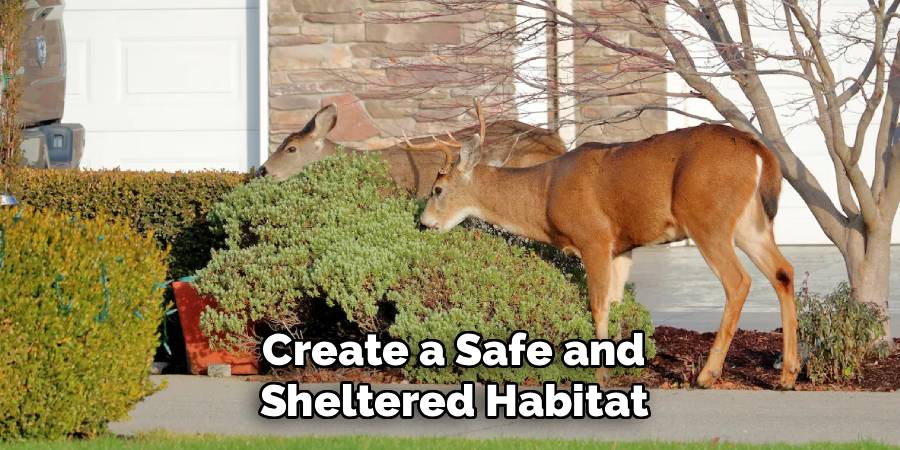
Step 5: Establish a Mineral or Salt Lick
Deer have a strong need for essential minerals like calcium and phosphorus, especially when bucks are growing antlers and does are nursing fawns. You can supplement their diet by establishing a mineral or salt lick. You can purchase mineral blocks or granular mineral mixes specifically designed for deer from most hunting or farm supply stores. To create a lick, find a discreet spot in your yard and either place the block on the ground or mix the granular minerals with the soil. This becomes a long-lasting attractant that deer will visit repeatedly.
Step 6: Maintain Some Unmanicured Areas
While it may go against the instinct for a perfectly tidy lawn, allowing parts of your yard to grow a bit wild is highly beneficial for attracting deer. Letting a back corner or a strip along a fence line grow naturally creates the browse and cover that deer seek. This approach not only helps deer but also supports a wide range of other local wildlife, from rabbits to songbirds. These buffer zones provide food, shelter, and a safe travel corridor that encourages wildlife to enter and spend time on your property without feeling exposed.
Step 7: Limit Human and Pet Activity
Deer are easily spooked by frequent human activity and the presence of dogs. If your goal is to see more deer, try to create a quiet zone in the part of your yard you want them to visit. Limit loud noises, and if you have a dog, keep it contained or on a leash, especially during the early morning and evening hours when deer are most active. While you can’t eliminate all disturbances, being mindful of your presence and creating a peaceful environment will make deer feel much more comfortable and more likely to make an appearance.
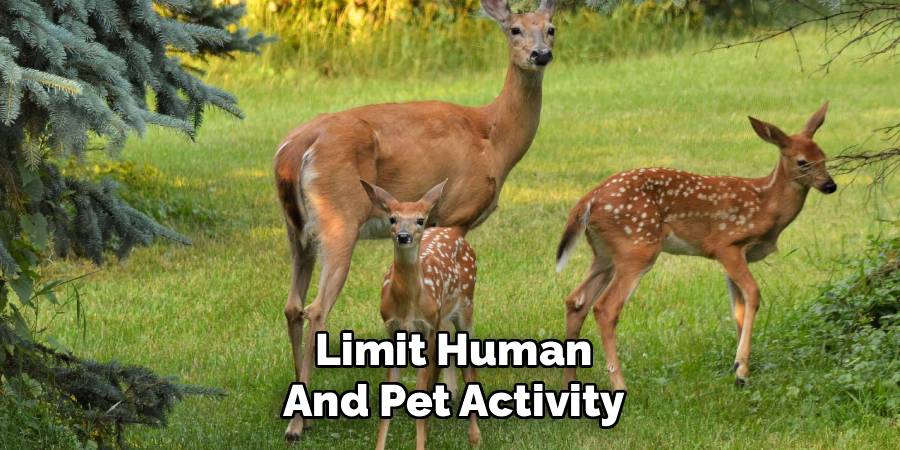
Frequently Asked Questions (FAQ)
What Time of Day Are Deer Most Active?
Deer are crepuscular, which means they are most active during the twilight hours of dawn and dusk. This is when they feel safest moving out of cover to feed and drink. If you want to increase your chances of spotting them, try to look out your windows during the first hour or two of daylight in the morning and the last hour or two before it gets dark in the evening.
Is It Legal to Feed Deer in My Yard?
The legality of feeding deer varies significantly by state, county, and even city.
- Some areas have no restrictions.
- Other areas may have bans to prevent the spread of diseases like Chronic Wasting Disease (CWD) or to avoid creating nuisance issues.
Before you provide any supplemental food like corn or feed blocks, it is essential to check with your local wildlife agency or conservation department to understand the specific regulations in your area.
Will Attracting Deer Also Attract Predators?
While it is possible, attracting prey animals like deer does not automatically mean you will have issues with large predators like coyotes or bears, especially in suburban areas. These predators are generally shy of humans. The most likely “predator” you might attract is a neighborhood dog. The best way to keep deer safe is by providing plenty of cover and escape routes for them within your yard.
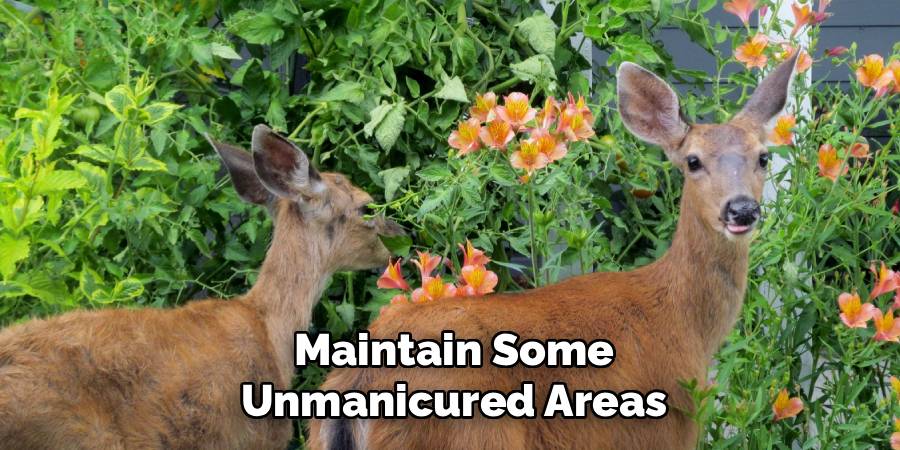
What Foods Should I Avoid Giving to Deer?
You should avoid feeding deer foods that are unnatural to their digestive systems. This includes things like bread, chips, and other processed human foods. Suddenly introducing large quantities of high-carbohydrate foods like corn can also be harmful, especially in winter, as it can disrupt their digestion. The best approach is to stick to natural browse, deer-specific feed mixes, or small amounts of corn as a supplement.
Will Feeding Deer Make Them Dependent on Me?
Providing supplemental food can make your yard a preferred location, but it generally does not make deer fully dependent, as they will still browse on natural vegetation throughout their territory. However, it is a responsibility. If you start feeding them, especially in winter, it’s best to do so consistently through the harshest part of the season, as they may come to rely on that easy food source during lean times.
Conclusion
Creating a yard that is inviting to deer is a deeply rewarding endeavor that connects you with the local ecosystem. The key is to think like a deer and provide for their fundamental needs: reliable food, fresh water, and a sense of safety provided by cover. By planting their favorite foods, offering a water source, and allowing parts of your yard to remain natural, you can create a sanctuary they will return to again and again. Now that you have this guide on how to attract deer to your yard, you are ready to start transforming your property into a beautiful haven for wildlife.
About
Jovie Mathews is a distinguished figure in the world of Diy design, with a decade of expertise creating innovative and sustainable Diy solutions. His professional focus lies in merging traditional craftsmanship with modern manufacturing techniques, fostering designs that are both practical and environmentally conscious. As the author of diy, Jovie Mathews delves into the art and science of garden-making, inspiring artisans and industry professionals alike.
Education RMIT University
(Melbourne, Australia) Associate Degree in Design (Jovie Mathews) Focus on sustainable design, industry-driven projects, and practical craftsmanship. Gained hands-on experience with traditional and digital manufacturing tools, such as CAD and CNC software.
Nottingham Trent University
(United Kingdom) Bachelor’s in backyardik.com and Product Design (Honors) Specialized in product design with a focus on blending creativity with production techniques. Participated in industry projects, working with companies like John Lewis and Vitsoe to gain real-world insights.
Publications and Impact
In diy, Jovie Mathews his insights on indoor design processes, materials, and strategies for efficient production. His writing bridges the gap between artisan knowledge and modern industry needs, making it a must-read for both budding designers and seasoned professionals.
